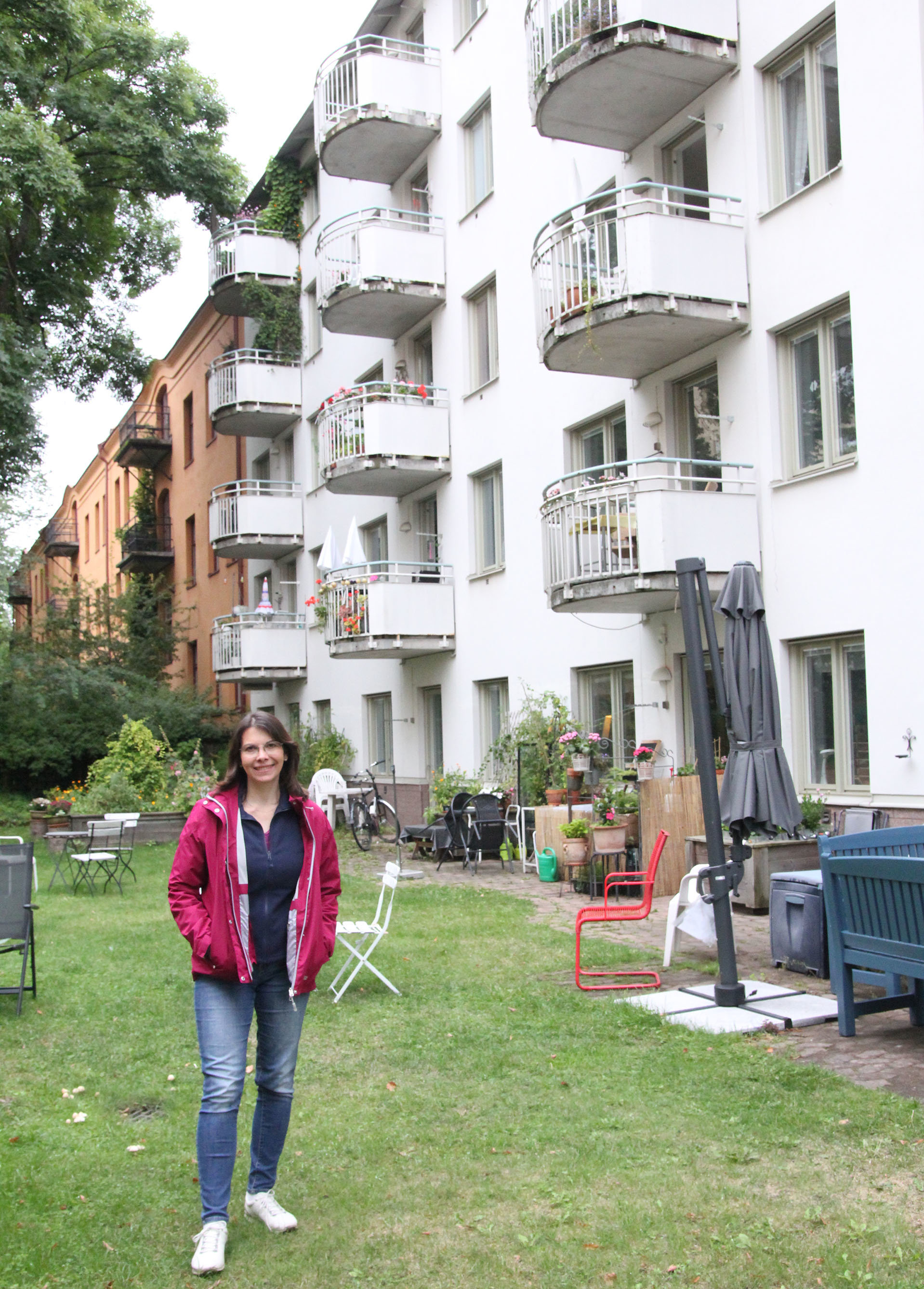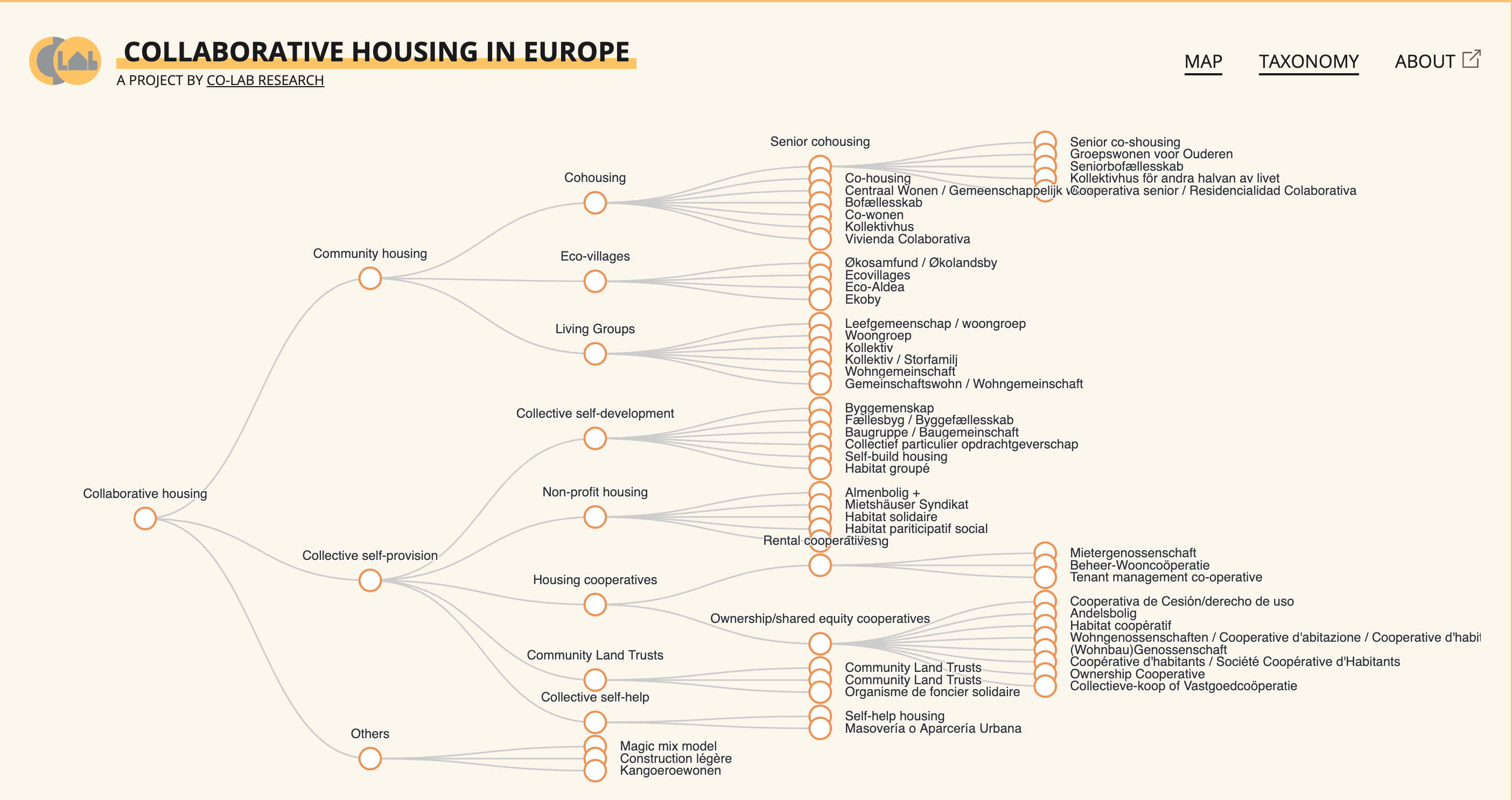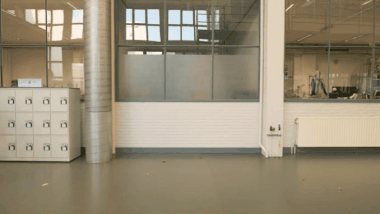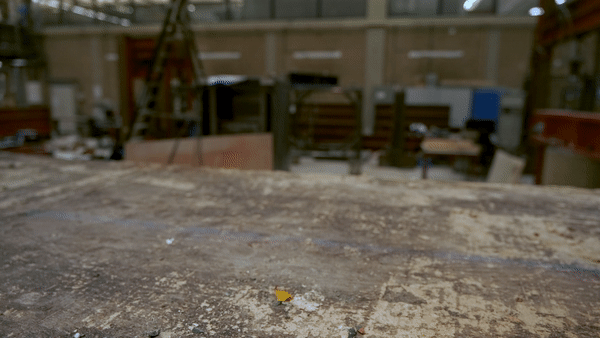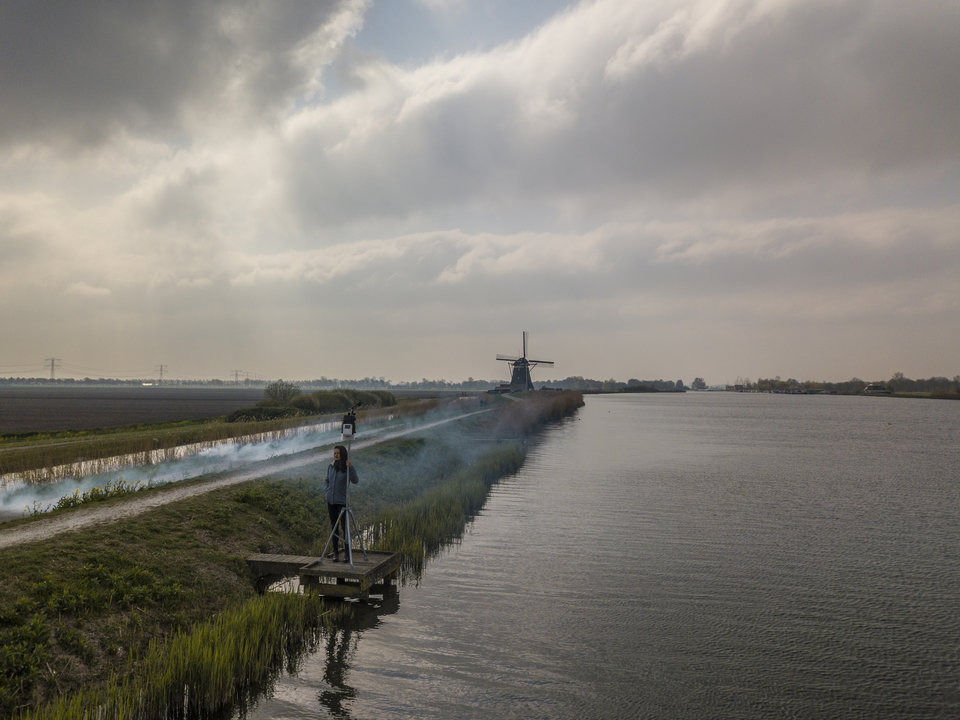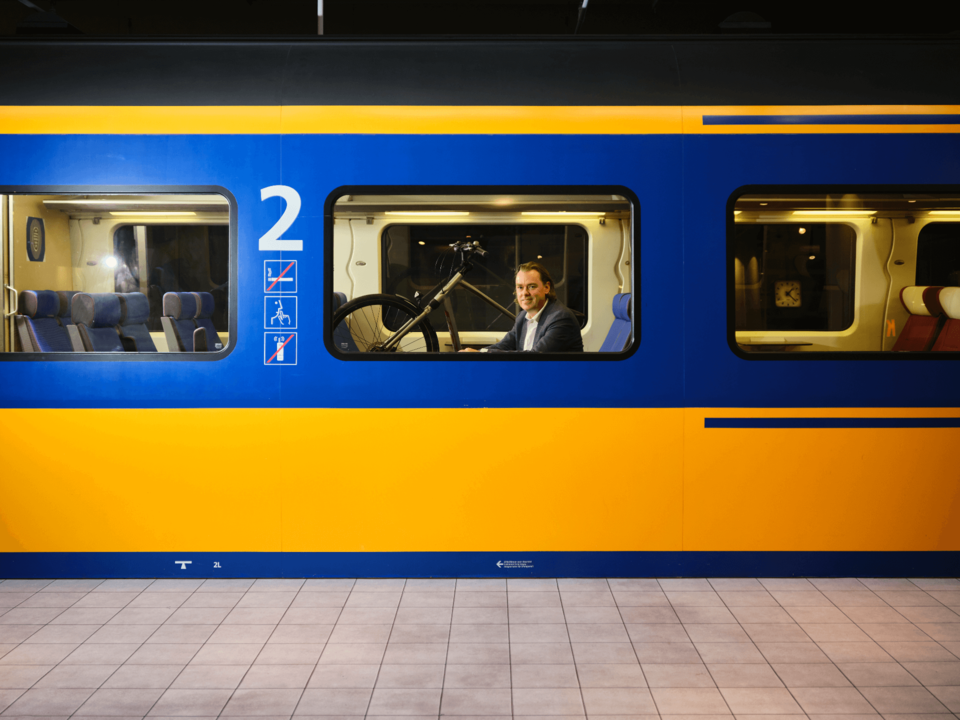Building more homes without rethinking the way we live together will not solve the fundamental issues with the housing crisis. Besides more quality homes for lower and middle incomes, we also need housing solutions that are sustainable, foster strong social connections and are affordable. Collaborative housing has the potential to tick all of these boxes – so why don’t we know more about this concept? asks Darinka Czischke.
Czischke currently leads the research programme on contemporary collaborative housing approaches, but the fascination for the topic started during her previous job. She briefly worked as director of World Habitat in England [formerly the Building and Housing Foundation] in 2013. It was here that she first realised the potential of collaborative housing: “I was surprised to come across many examples of community led initiatives for collaborative housing and other forms of alternative housing. It kind of hit me then: this can solve problems about affordability, prevent anonymity and loneliness, create opportunities for sustainable developments…. While we hardly know about it! I knew this needed to change.”
In 2015, upon been awarded the Delft Technology Fellowship, she moved to Delft and started the research programme at the Faculty of Architecture and the Built Environment to really dive into the matter. And with many site visits across Europe, she knows what the full potential of collaborative housing can bring. “In particular the Sofielunds Kollektivhus in Malmö, Sweden, stayed with me. It is a large building block that was very nicely co-designed by both architectural firm Kanozi Arkitekter and the residents themselves,” says Czischke. The design for example includes extra wide balconies, which are intended for encounter: children can play here, neighbours can gather spontaneously. “It’s architecturally a lovely project, it’s sustainable, it’s part of a neighbourhood, and it welcomes a wide variety of residents. I joined their communal dinners a couple of evenings. You could see how the young parents could relax because their children were playing with the other kids, while older people joined in for a cup of coffee and a talk. I loved it.”
Defining collaborative housing
The example from Sweden aptly shows what collaborative housing is all about. It is an umbrella term for all forms of self-organised housing projects that were created with a collective effort. Meaning: a group of people, for example the future residents, works together to create the housing project. It is always a process where residents are deeply involved, where people actively work together to shape their living environment. “It is important to remember that collaborative housing is not the same as communal living,” adds Czischke. “With collaborative housing, you have your own space, with your own bathroom, a small kitchen and living room. But in exchange for as little private space as comfortably possible, you get generous shared spaces with different functions in return.”
Bottom-up solutions for top-down problems
Because collaborative housing projects are, by nature, community-led initiatives, they often manifest as bottom-up solutions for top-down problems. They open up opportunities where housing provision systems fail. Think for example of people who are not eligible for social housing, vulnerable people, ethnic and other social minorities, or lower-income residents who cannot lean on the capital of previous generations. Beyond architecture and urban planning, housing touches upon sociology and history. How do we want to live together as a society? Czischke: “When people join forces to solve a problem for themselves, with each other and for each other, many challenges can be tackled at once. When we share resources, we can create more sustainable and social approaches.” A classic example is the sharing of a large common kitchen with weekly cooking duties for teams of residents. The cooking can be done efficiently in terms of the use of ingredients and the time spent cooking, as well as the lower cost of bulk-buying. “If you don’t design a house for just yourself, and think about it holistically, there can be so many pros for society.”
Innovating the housing market
Next to sustainable and social benefits, collaborative housing can also drastically change the way we look at (home) ownership. The capitalist system is built on ownership of things, but we don’t necessarily need to own stuff to live well. Czischke: “In Germany, for example, the innovative Mietshäuser Syndikat approach allows tenants buy a share in the housing projects that are created within this umbrella structure. Because nobody is a full owner, you cannot profit from selling your house, instead selling your share at a fair price. But because you are part owner, you have a say in how your house is designed and how the shared spaces are organised. And, importantly, your money is not locked in home ownership. We can already see people investing in sustainable projects or starting up their own companies, which boosts the economy. This different way of looking at ownership allows people to secure and build a life.”
Exploring the possibilities
Collaborative housing will not be a solution for everyone, acknowledges Czischke. “It is about freedom of choice. The problem is that collaborative housing is now often not a choice. I am driven to change that. We already have most of the tools available to us, but they need to be applied better.” That is where Czischke’s research comes in. With ‘Project Together!’, she works with colleagues and partners from practice to explore housing wishes of dwellers and to create new housing solutions. This includes the launch of the ‘Co-Lab Mapping project’, the first online platform where collected data on collaborative housing in Europe will be openly available.
What lies ahead for Czischke’s research? With the European ‘Community Land Trust’-movement, Czischke and colleagues are exploring the possibilities for collaborative developments on a neighbourhood scale. “This also allows a connection to Kate Raworth’s original concept ‘doughnut economies’. It is about creating sustainable, social, and economic connections on a larger scale,” says Czischke. “I would love to write a book where this all comes together. I want my research to actively help people improve their neighbourhoods and their lives.”
More information
Project Together! is a collaboration with the municipalities of Delft and The Hague, the province of Zuid-Holland, INBO architects, Dutch Ministry of Internal Affairs, and Platform 31.
Related links:
Header image: Sofielunds Kollektivhus in Malmö, Sweden, was co-designed with the residents. The architecture of the balconies is intentionally transparent, so neighbours can see each other from across the building. Image by Darinka Czischke

